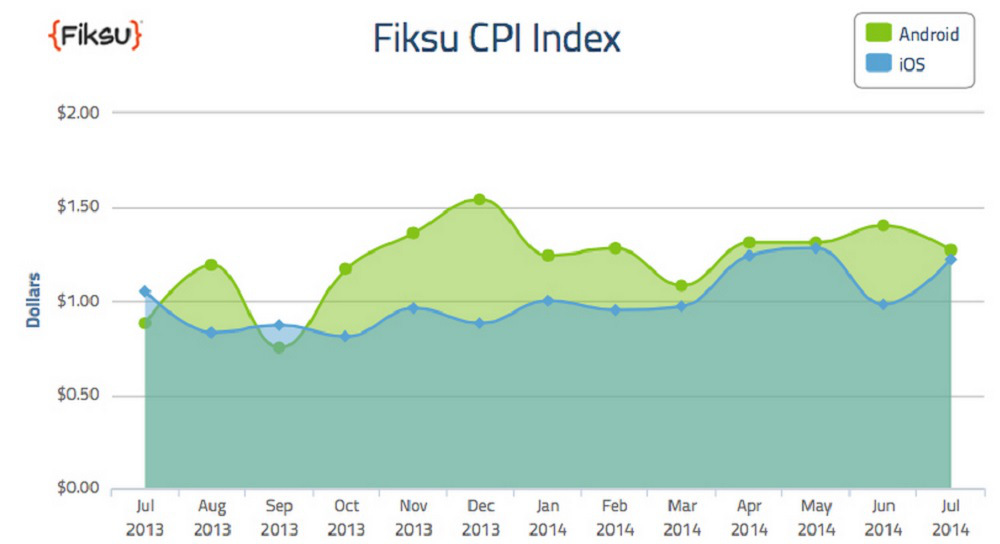In the early days of the electronic game industry, games were usually treated as unique events. Games would ship, reside on store shelves for a while, and then vanish. Players might keep playing the game for months afterward, but there was always something new to look for. Most games were completely new — there were very few games that had sequels.
Gradually, though, the long-term success of games like the Ultima series showed there was a benefit to creating sequels. Players were already familiar with a game, and with advancing technology new games in a series could offer better graphics and more interesting game play.
When multiplayer games began to be popular, this trend accelerated. Familiar brands drew fans, and they kept interest in the games alive by talking with each other. As persistent online worlds developed, the game didn’t have sequels per se — the worlds got bigger and more elaborate instead.
Game companies have learned in this new business model of games-as-a-service that audience retention is where profits really reside. Acquisition costs have been rising for all sorts of games, not just mobile games. As analytics have become part of most games, they show the value inherent in keeping players around for the long term when you have virtual goods to sell them.
A study at the University of Buffalo showed some of the ways that gamers can be made more loyal to a particular game. “The graphics and technology behind the games have improved over the years, but developers haven’t made much effort to understand what makes MMORPG players really commit to one game over another,” explains study co-author Lawrence Sanders, PhD, professor of management science and systems in the UB School of Management. “Most prior research has focused on the addictive nature of these games. Our study looked at how to make them more competitive in the marketplace,” says Sanders.
The study examined 173 players to assess whether two game-play strategies produced loyal players. The most loyal players were able to customize their characters, thereby making them more personal and loyalty could also be grown through the creation of in-game chat systems and guilds. “To build a player’s feeling of ownership towards its character, game makers should provide equal opportunities for any character to win a battle,” said one of the researchers, Lawrence Sanders, Ph.D, professor of management science and systems in the UB School of Management. “They should also build more selective or elaborate chat rooms and guild features to help players socialize.” They found that the average MMORPG gamer plays 22 hours a week and that increasing customer retention by 5 percent can “increase profits by 25 to 95 percent,” said Sanders.
Loyalty is an important quality to hardware manufacturers, too. Or at least they think it is. It turns out that a recent Nielsen study found that 31 percent of PlayStation 4 owners already had an an Xbox 360 or Wii, but not a PlayStation 3. Some 17 percent didn’t have any of the old-gen consoles. The study did not ask if any of that 31 percent had owned a PlayStation in the past, but still suggested gamers were not die-hard brand loyalists when it came to upgrading their system. The data was provided to Re/code and the study took place between February and April and featured 1,200 gamers aged seven to 54.
Sony recently used Gamescom to let people know it had sold 10 million consoles worldwide. “The 10 million sell through in the first nine months is well beyond what we had hoped for,” said Sony’s Shuhei Yoshida in a recent interview. “I’m asking marketing people to tell us why. They’ve been to people who already purchased, and some of the early data was amazing in terms of the number of people who didn’t used to own PS3 have already purchased PS4. So we are getting lots of new customers coming into PlayStation. And some people never purchased any last-gen hardware: PS3, or Xbox 360 or Nintendo Wii. So where did they come from ”
Certainly both Microsoft and Sony have been doing their best to persuade owners of the last generation of consoles to buy the new generation from the same company. Broadening Xbox Live and PlayStation Plus subscriptions to cover both old and new hardware is one way to do this. That’s one less $50 thing a customer has to buy, after all, when buying a new console.
Of course, the fact that most of the biggest new titles are available on both consoles makes it easier to switch brands, if you so desire. That’s why exclusive games are more important than ever. Unfortunately, many of the most anticipated exclusives have moved into 2015, so the incentives for brand loyalty won’t be as strong as they could be this holiday season.
Focusing on customer retention is a far more profitable enterprise than acquisition, especially with the rising costs of acquiring new customers. Satisfied customers will bring in new players, so keeping satisfied players engaged is an effective acquisition strategy for most games.
Ultimately, though, the quality of the games will matter more than any particular brand. That’s why consoles have a hard time building loyalty, because players will go where the best games are regardless of the console brand. The best strategy is to make sure the games are great first, and then worry about brand-building second. Great games will do much of the brand-building for you, if you let them.

